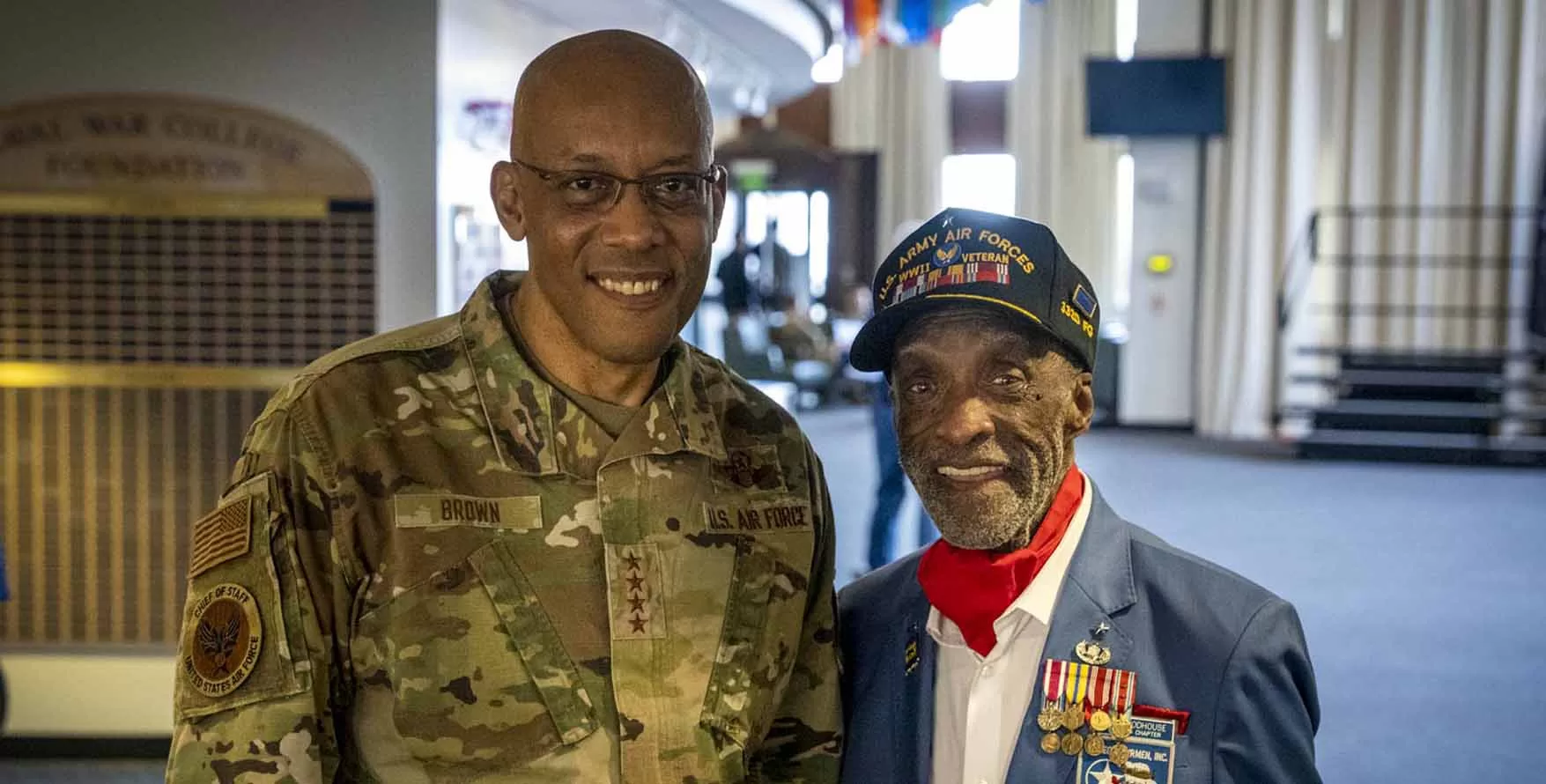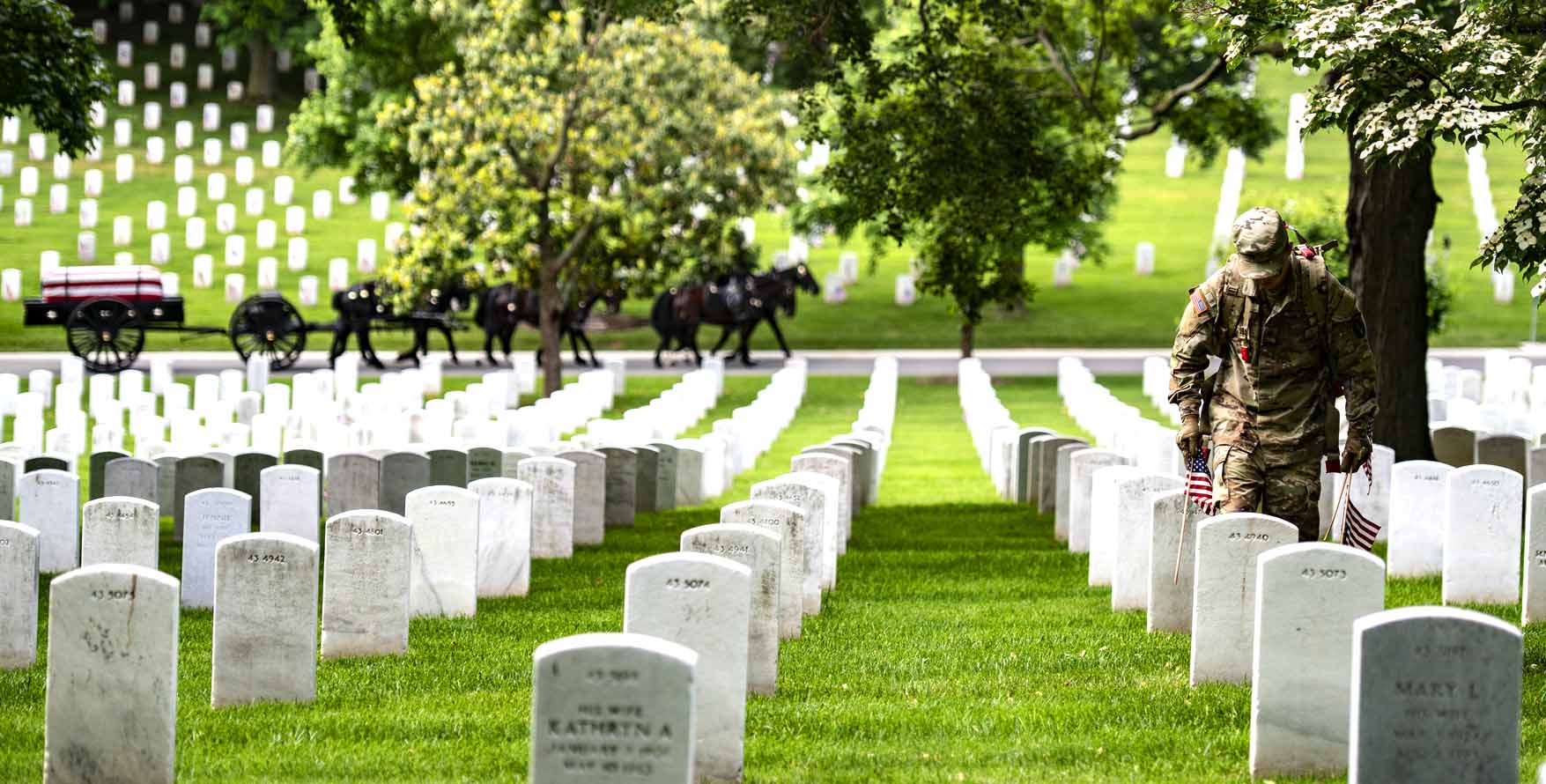Fort Johnson, LA – Over a hundred years ago, as many as 150,000 individuals from New Jersey pledged their allegiance and served in the Great War. Among them, one stood sentinel alongside Sgt. William Henry Johnson, the newly anointed namesake of Fort Johnson in Louisiana. This transformation was marked in a ceremony held on June 13, 2023.
On the fateful early hours of May 15, 1918, Johnson, from Albany, New York, and Pvt. Needham Roberts from Trenton, New Jersey, stood their ground in the trenches of the Western Front. When a German raiding party of about two dozen broke through the barricades, threatening to overrun their position, these two Harlem Hellfighters counterattacked against insurmountable odds.
Johnson, despite suffering from over 20 wounds inflicted by shrapnel, bullets, and knives, displayed remarkable heroism. After running out of grenades and ammunition, he brandished his bolo knife to fend off the remaining assailants, rescuing Roberts, and singlehandedly incapacitating the German squad.
The unveiling ceremony of Fort Johnson, previously known as Fort Polk, featured Gen. Daniel R. Hokanson, chief of the National Guard Bureau. Hokanson further highlighted the significant contributions of the National Guard to World War I, epitomized by Johnson’s fearless heroism.
“I am always struck by the transformative power of the training fields,” Hokanson said. “This is the fire in which warriors are forged. Johnson’s is a story of fearless heroism and the National Guard’s groundbreaking contributions to World War I.”
“The Soldiers who pass through these gates go forth with the spirit of Henry Johnson,” Hokanson continued. “These are the values of the U.S. Army, and these are the values we are proud to fight for today. That’s why I am proud that this place bears the name of a Guardsman.”
Brig. Gen. David W. Gardner, commanding general of the Joint Readiness Training Center and Fort Johnson, recognized the historic significance of the 42nd Infantry Division, also known as the “Rainbow Division,” which represented soldiers from 26 states, including Johnson’s unit – the segregated 369th Infantry Regiment, New York National Guard.
“If Sgt. Johnson doesn’t exemplify the warrior spirit, then I don’t know who does,” Gardner said, referencing the installation motto, “Forging the Warrior Spirit.”
Johnson and Roberts served during a period when black soldiers seldom saw combat and were infrequently acknowledged for their bravery. The “men of bronze,” also known as the Harlem Hellfighters, were among the first Americans to receive the French Army’s highest award for valor, the Croix de Guerre avec Palme, cementing their reputation with their notable battle accomplishments.
The renaming of Fort Johnson is part of a broader initiative to reassess Confederate-named military assets. Established by Congress in the 2021 National Defense Authorization Act, the Naming Commission has recommended renaming, relocating, or redesigning over 1,100 such assets, including bases, ships, and artwork. Among these was also the recent renaming of Fort Liberty in North Carolina.
Retired Adm. Michelle Howard, chair of the Naming Commission and an attendee at the renaming ceremony, stated in a recent interview that the names on military bases, ships, and other military assets should reflect the values of the United States and its people.
“Our military bases are important symbols of might and right of the United States,” said retired Adm. Michelle Howard, chair of the Naming Commission and attendee at the ceremony, in an April television interview. “And the names that are on the base signs, the names that are on our ships, should reflect the values of our country and the values of the American people.”
Fort Johnson now joins the list of nine U.S. Army installations shedding their Confederate namesakes, most of which were assigned during the U.S. Army’s extensive reorganization post World War II. It is, as Gardner remarked, now the “Home of Heroes,” named after a Soldier who personifies the warrior spirit.
Source: US Army National Guard





